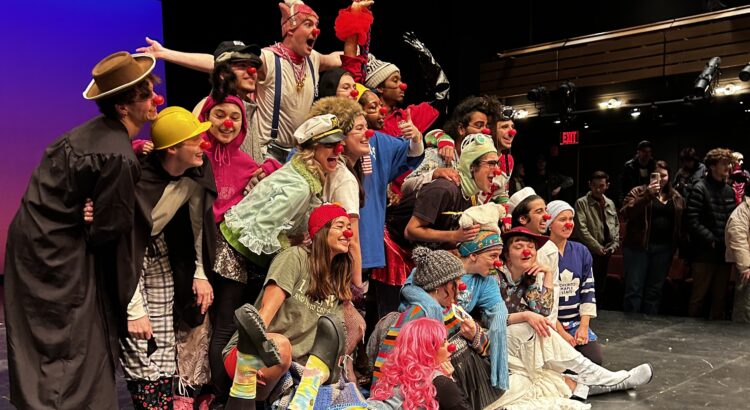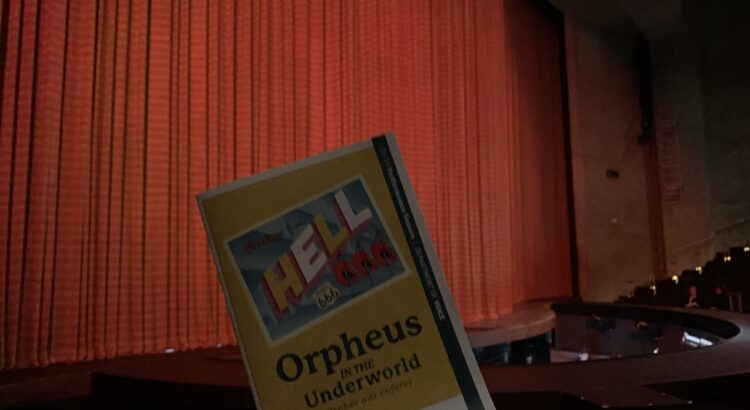Each year a class through the SMTD Department of Theater teaches clown, a form of theatrical physical comedy. This course is taught by Professor Malcolm Tulip and comprises of many senior theater majors. Their final performance of the semester was performed in the Arthur Miller Theater on December 11th in a room of rambunctious peers and overlooked members of the community. My expectations for a clown show were previously unclear, but I have found a newfound respect for the art form from this fanciful, erratic performance.
Our modern perception of clowns is strongly associated with “circus clowns”, but the jesters have taken many forms throughout history. Clowns can be dated as far back as 2400 BC in Egypt. The art form has modified itself over centuries and existed uniquely in many cultures such as Early Roman and Greek jesters, Chinese jesters (most notably in the Han dynasty), Europe in the early 1800s (with the famous Joseph Grimaldi), and the 19th Century North American circus clowns. More about clowns is linked below.
At the top of the clown show, each clown introduced themselves with a small routine. Then,` they paired up to offer small vignettes starring their established characters. The vignettes included themes like, “Grocery Store”, “Treasure Hunt”, or “How We First Met”. Each routine was situationally unique, yet maintained the clown’s persona introduced at the beginning. They performed while pantomiming most “props and set pieces”, sometimes speaking to each other, sometimes silent.
These actors were effortlessly hysterical, and the audience remained responsive. They were fearless and remained intensely committed to their choices. Each student cultivated a genuine extension of themselves through a whimsical and highly physicalized filter. The clowns wore costumes reflective of their character with, of course, the beaming red nose. No two were alike in the slightest, each offering selective mannerisms. The troupe created a fanciful and utterly unique theatrical space within Arthur Miller, destigmatizing the often misunderstood art of clowns.
More on Clowns Here:
Image taken during the 12/11/23 Clown Show.







